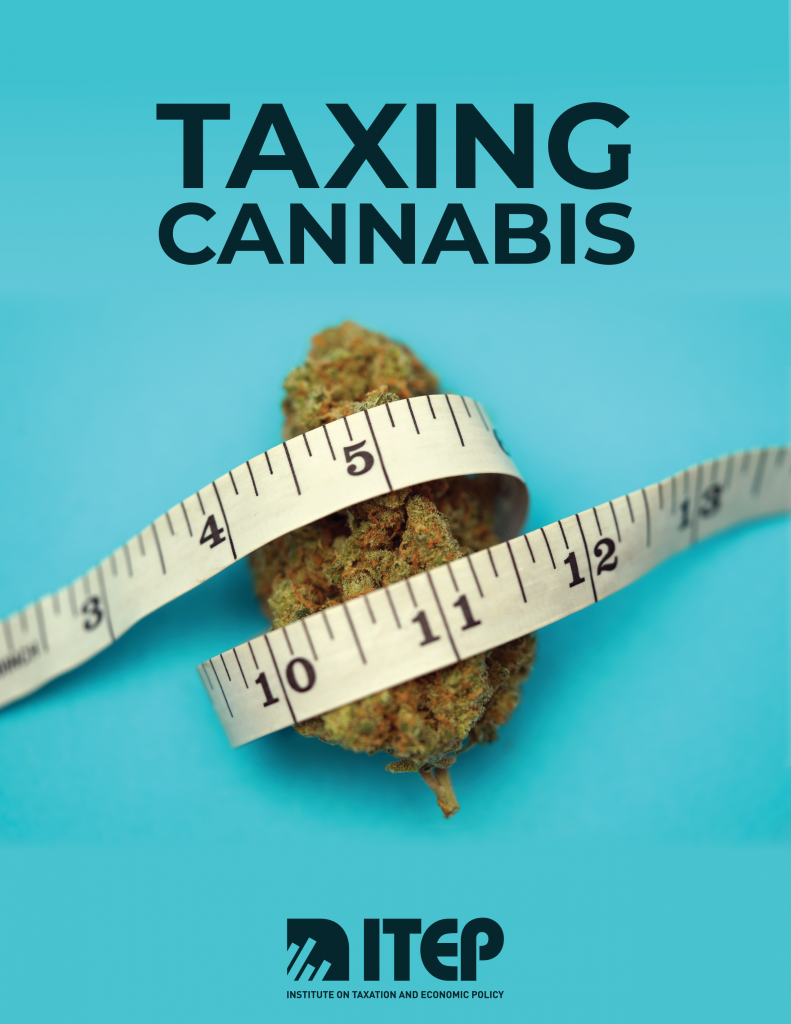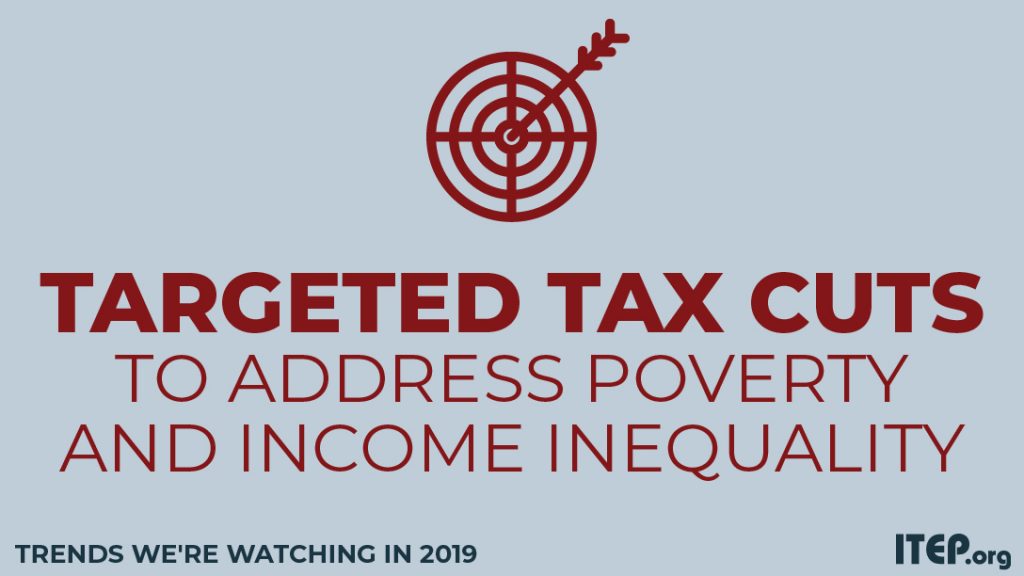This is part six of a seven-part series on state trends we’re watching in 2019.
Few areas of state tax policy have evolved as rapidly as cannabis taxation over the last few years. The first legal, taxable sale of recreational cannabis in modern U.S. history did not occur until 2014. Now, just five years later, a new ITEP report estimates that recreational cannabis is generating more than $1 billion annually in excise tax revenues and $300 million more in general sales tax dollars.
The rapid pace of change is showing no sign of slowing. MAINE and MICHIGAN have each legalized taxable sales of recreational cannabis and expect to see their first tax dollars flowing in the next couple years. Meanwhile, the governors of CONNECTICUT, ILLINOIS, NEW JERSEY, NEW YORK and RHODE ISLAND all support legalization and taxation of recreational cannabis, along with at least some legislators in states such as DELAWARE, MINNESOTA, NEW MEXICO and VERMONT, to name a few.
Looking ahead, ITEP cautions states to prepare for falling cannabis prices when setting up their tax structures. As the legal barriers surrounding cannabis are lowered or eliminated, the cost of this product will fall substantially, with major revenue implications for any state choosing to tax cannabis based on its price. For this reason, states such as ALASKA, CALIFORNIA, and MAINE have taken the sensible step of taxing cannabis based wholly or partly on its weight. The governors of NEW YORK and RHODE ISLAND each proposed similar tax structures in the budgets they unveiled this year.
Trends We’re Watching in 2019:
- Using Targeted Tax Breaks to Help Address Poverty and Inequality
- Raising Revenue and Spending Surpluses to Prioritize Critical Public Investments
- Addressing Lingering Federal Conformity Questions and Opportunities
- Attempting to Double Down on Failed Trickle-Down Regressive Tax Cuts
- Reforming and Implementing Cannabis Laws
- Consumption Taxes: the Good, Bad and the Ugly





